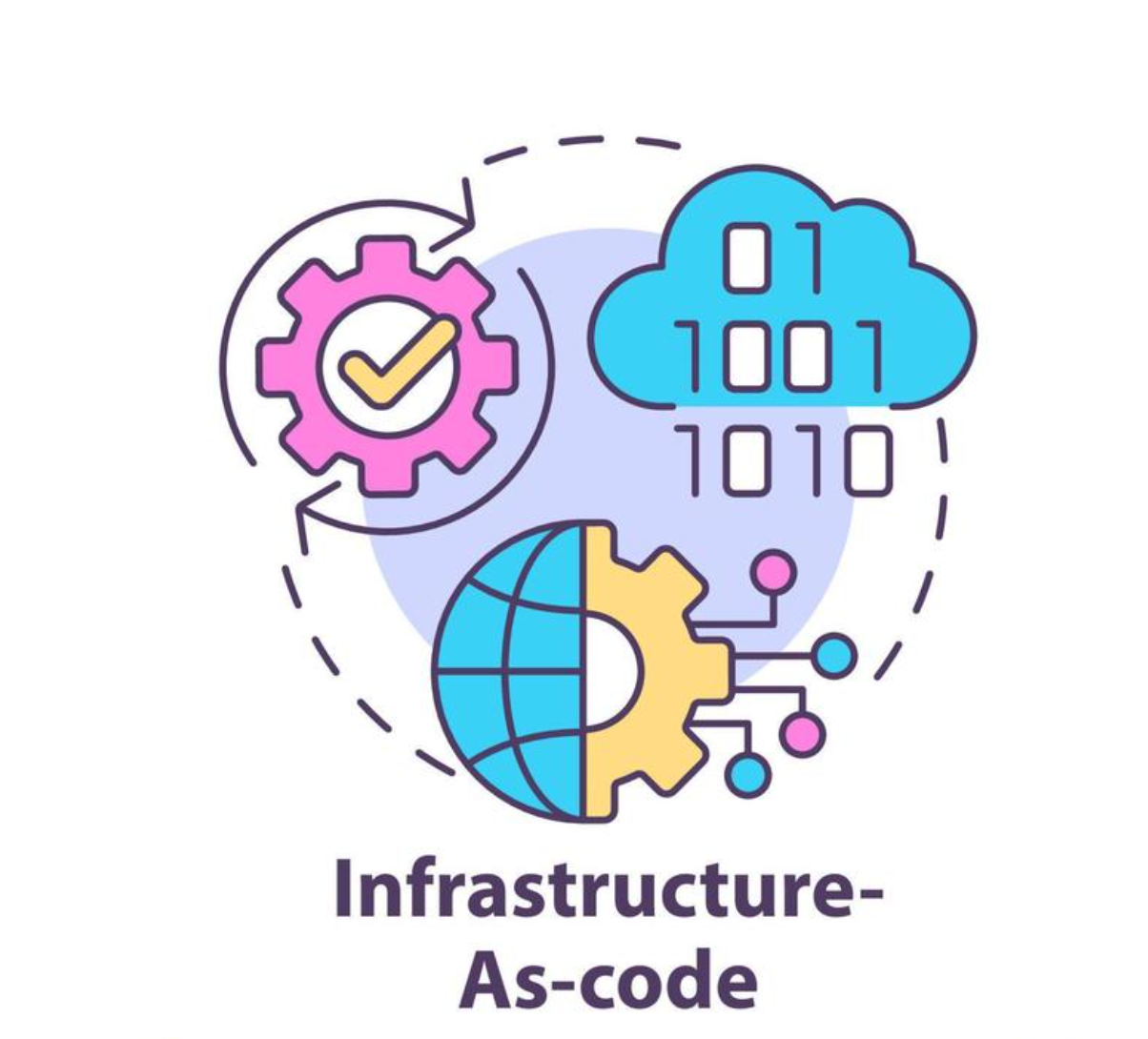Infrastructure as code (IAC) is a method of managing and provisioning computer systems and networks in a standardized and automated way. It allows for the creation and management of infrastructure in a transparent, repeatable, and version-controlled manner, similar to how software is developed and maintained.
One of the main advantages of IAC is that it enables organizations to achieve a high level of scalability, reliability, and agility in their infrastructure. By using IAC, organizations can quickly and easily spin up new environments, such as test and staging environments, without the need for manual configuration and provisioning. This reduces the time and effort required to deploy and maintain infrastructure, freeing up valuable resources that can be used elsewhere.

In contrast, an event-driven architecture allows incoming requests to be handled asynchronously. This means that requests are not processed in the order that they are received, but are instead placed in a queue and processed as the application is able to handle them. This allows for much better scalability and performance, as the application is able to handle a much higher volume of concurrent requests without running into performance issues.
Another benefit of IAC is that it improves the quality of the software being developed. By automating the provisioning and management of infrastructure, organizations can reduce the risk of human error and ensure that their environments are consistently configured and compliant with best practices. This helps to improve the reliability and stability of the software being developed, making it easier to identify and fix any issues that may arise.
In addition to these benefits, IAC also enables organizations to more easily adopt a DevOps approach to software development. By allowing infrastructure to be treated as code, IAC enables developers and operations teams to collaborate more closely, ensuring that the infrastructure and software are developed and maintained in a consistent and integrated manner. This helps to reduce the time and effort required to deploy and maintain software, improving the overall efficiency of the organization.
In conclusion, IAC offers numerous advantages for organizations looking to improve the quality and efficiency of their software development efforts. By automating the provisioning and management of infrastructure, organizations can achieve a high level of scalability, reliability, and agility, while also reducing the risk of human error and improving the overall quality of their software.